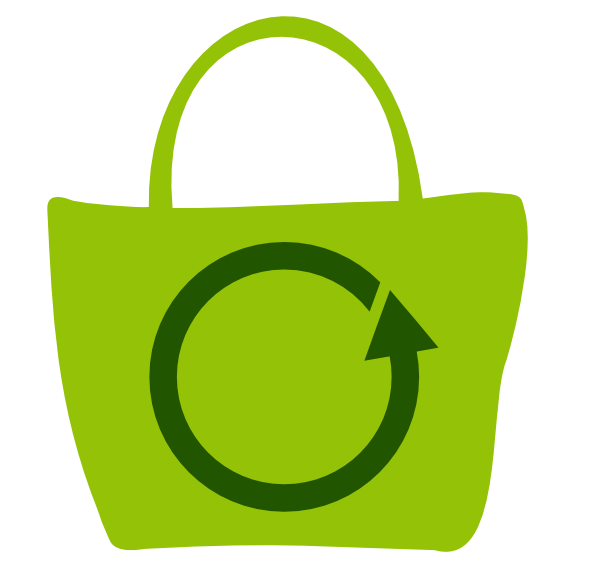
Why are Washable Nappies Better for the Environment?
About 90 to 95 percent of babies who are not potty trained yet are wearing disposable nappies. They are super-absorbent and convenient. But they are quite expensive; depending on which brand is used, parents spent about £250 to £500 for nappies during the first year.
In addition to being expensive, disposable nappies are also harming the environment. They don’t decompose hundreds of years and they are thrown away in large quantities - about 4,000 per child until potty trained. As a result, nappies make up one third of all waste in landfills. But the problem isn’t only in their slow decomposition. Disposable diapers are full of various chemicals which can contaminate soil and groundwater and while decomposing, they emit various gases. Some of these gases are very toxic and some are warming up the atmosphere and contribute to climate change.
Washable Nappies as an Environmentally-Friendly Alternative
According to most mums who have switched to washable cloth nappies, these are just as effective as the disposable ones and are available in many different styles and fun prints and colours. They may not be as convenient as disposable nappies which are simply thrown away but new materials and systems made them a lot easy to wash.
Unlike disposable nappies that don’t involve the use of water and energy, the washable ones do. Despite that, they are not as harmful to the environment; a package of two or three dozen nappies is enough for the entire ‘nappy-period’. In average, fewer than three dozens washable nappies end up in landfills when the child is potty trained which is a huge difference in comparison to 4,000 or more disposable nappies that are thrown away per child until potty trained.
Also, when they do end up in landfills, washable cloth nappies are a lesser environmental problem. This is because they are made from cloth which decomposes faster, doesn’t leak any toxic substances and emits fewer greenhouse gases while breaking down. As a result, washable cloth nappies have become increasingly popular with environmentally-conscious parents.
In order to help preserve the environment and reduce the impact of nappies by choosing washable over disposable nappies, it is crucial to reduce the amount of water and energy used to keep them clean to the minimum. This can be achieved by:
- washing nappies in energy-efficient washing machine
- running the washing machine when full
- drying washed nappies naturally or in energy efficient dryer
- storing still wearable nappies away to reuse them with the next child or passing them on to other parents